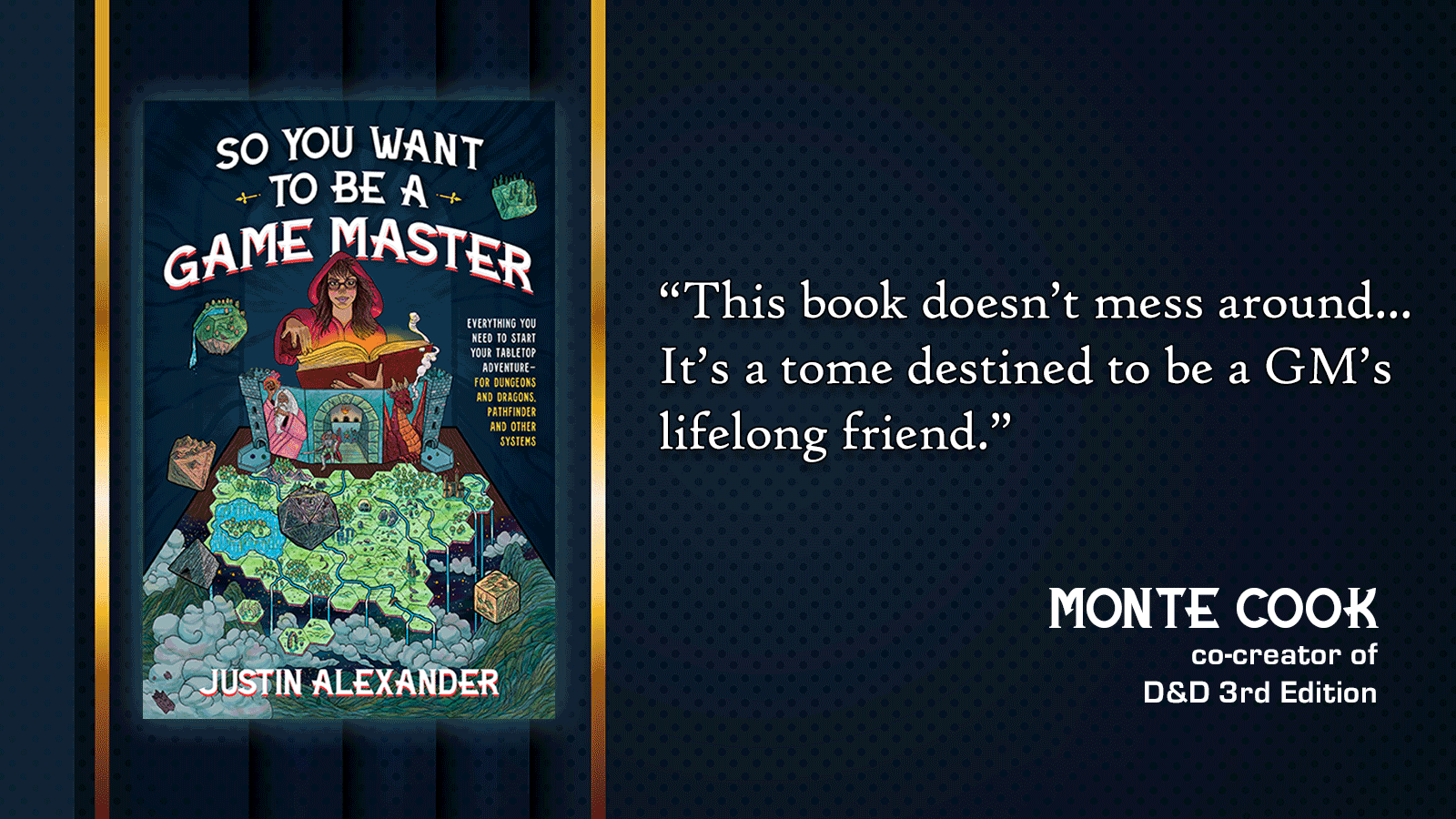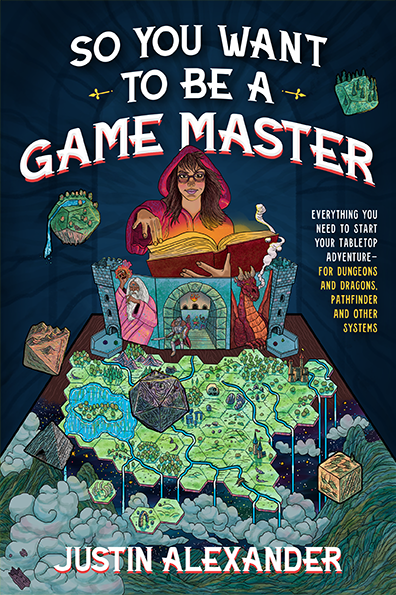
Go to Part 1
GM: Okay, the orc stabs Derek’s paladin. Let’s see… We’re on… 17. Anyone on 17…?
16…?
15…?
14…?
Julia: I’m on 14!
GM: Okay, the goblins are, too. What’s your Dexterity score?
Julia: 12.
GM: You’ll go first.
(a minute later)
GM: Anyone on 13? How about 12?
Don’t be this guy.
If you’ve never experienced this at the table, you might find it hard to believe that this is a thing that actually happens, but it’s surprisingly common. I constantly find myself playing in games like this at conventions. I’ve even seen it happen in games using a VTT, which I find particularly baffling since it’s usually pretty trivial to set these up to auto-track initiative results.
It seems that for some people this is just the way they think RPGs are supposed to work.
The problem, of course, is pacing. Or, rather, the complete lack of it. In addition to wasting huge swaths of time with this inane call-and-response ritual, it also completely disrupts any sense of flow or build in the combat encounter. Each action becomes an isolated island floating in a vast sea of numeric chanting.
It’s also prone to mistakes and confusion, as calls are missed or initiative check results are forgotten.
WRITE IT DOWN
The solution, of course, is to simply write down the group’s initiative results, sorting them into a list so that you can tell in a single glance whose turn is next.
This list not only eliminates the dead time of the call-and-response, it can also unlock other techniques for improving the pace of your combat encounters. For example, it allows you to put players on deck.
GM: Derek, you’re up. Julia, you’re on deck.
This lets the player know that it’s time to figure out exactly what they want to do, making it far more likely, when their turn arrives, that they’ll be ready to jump straight into action.
(The advanced technique is that you don’t always need to do this, as you’ll learn how to read the table and know when upcoming players need the cue to refocus. With some groups you may even be able to build on this by having player pre-roll their attacks and so forth, further improving the pace and focus of play.)
Of course, in some roleplaying games it won’t be necessary to write down initiative scores at all. For example, in the Infinity roleplaying game I designed, the PCs always go first (in any order they choose), but the NPCs can “jump” up and interrupt their actions if the GM spends a meta-currency called Heat. The only thing you need to keep track of in that system is which characters have gone on the current turn.
In other RPGs, however, writing down initiative may be easier said than done. To take an extreme example, consider Feng Shui, which uses shot-based initiative in which:
- Characters roll their initiative and that is the Shot in which they take their first action of the round, starting with the highest Shot.
- Each action has a shot cost, which is subtracted from the character’s current Shot value, creating a new Shot value.
- When the round counts down to that Shot, the character can then take their next action, subtracting the shot cost, and repeating until all characters have hit Shot 0 and the round ends.
It seems as if this system would basically require the GM to count down, right? Who’s going on Shot 18? Who’s going on Shot 17? Who’s going on Shot 16? And so forth.
But all that’s really required is a different form of recordkeeping.
This is, in fact, why Feng Shui includes a shot counter: a physical track that can be used, in combination with counters or miniatures, to keep track of which characters are acting on which shot. In practice, this counter should be placed on the table in full view of the players, allowing everyone to see at a glance the sequence of upcoming actions.
(See Feng Shui: Using the Shot Counter for a longer discussion of advanced techniques this tool can also unlock.)
GM DON’T #16.1: DON’T WRITE ANYTHING DOWN
Flipping things around, initiative is not the only part of a roleplaying game where you can run into these inefficiencies. Pay attention to any interaction where you’re repeatedly asking the players to deliver the same piece of information over and over again, and then eliminate that interaction by proactively recording the information so that you don’t have to ask for it.
Armor Class in D&D is a common example of this. How often are you asking your players what their AC is while resolving attacks? If it’s more than once a session (at most), it’s probably too often.
A good place to record this information would be a Post-It swap note for your GM screen, putting it literally at your fingertips whenever you need it.
There are, however, a couple of exceptions to this that are worth noting.
First, any value that is frequently shifting during play, since this increases both the hassle of bookkeeping and the likelihood of error. A technique that can work here, however, is to enlist the players’ help by making them responsible for keeping the reference up to date: This might be a tent card that sits in front of each player with the relevant values. Or, in a VTT, it might be a shared note or file that everyone can keep updated.
Second, you don’t want to accidentally preempt mechanics or abilities that allow the players to react to specific actions, particularly if it might modify the value in question. (“What’s your AC?”, for example, also doubles as a convenient notification that a PC is being attacked and has the opportunity to activate their salamander cloak.) You can frequently route around this by simply being aware of the issue and making sure to include the appropriate prompts without the extraneous numerical exchange, but it’s definitely worth being aware of the potential issue.
FURTHER READING
Random GM Tip: Collecting Initiative
Go to Part 17: Too Many Players
























